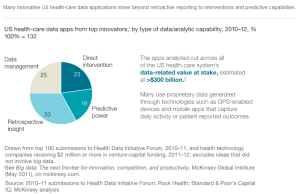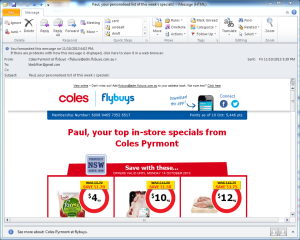If the urologists behaved any more egregiously, they’d be drifting into crimes against humanity. It’s good to see the Cancer Council calling this out for what it is: “A disservice to men”. It’s also time for these ghouls to cease veiling their self-interest as their patients’.
Cancer Council urges men to think carefully before prostate testing
Catherine Hanrahan all articles by this author
A DRAMATIC increase in prostate cancer cases has prompted Cancer Council NSW to call for men to think carefully before being tested, but urologists refute the suggestion men are being treated unnecessarily.
A new study shows the number of prostate cancer diagnoses in Australia jumped 276% over the 20 years from 1987 to 2007.
This is a result of increased testing, lead author Associate Professor Freddy Sitas of Cancer Council NSW, said.
He said that even if a positive result is correct, unless they operate, doctors have no foolproof way of knowing if the cancer is aggressive or relatively harmless.
“Saving lives is our priority, but we urgently need a better test,” Professor Sitas said.
“The tests have saved men with aggressive forms of the disease, but at a high cost.”
A 27% drop in the death rate was observed over the study period, he said.
However, the increase in new cases is much greater than this.
“This indicates that many men were diagnosed with cancers that would not have harmed them.”
However, the Urological Society of Australia and New Zealand has strongly refuted claims by the Cancer Council NSW that men have been done a “great disservice” by the growth in prostate cancer diagnoses, and have been subjected to unnecessary treatment.
“Twenty years ago we didn’t have a test to diagnose prostate cancer, which meant most men presented with advanced, incurable disease,” Professor Mark Frydenberg, the Urological Society’s Vice-President, said.
Many low risk cancers were more typically observed, not treated, he said, with active surveillance, now considered a mainstream pathway.
The University of NSW’s Professor Mark Harris says: “Until we have a better method of screening, men need to be fully informed about the pros and cons of testing.”
Cancer Epidemiol 2013; online 1 November


